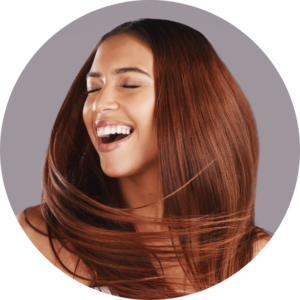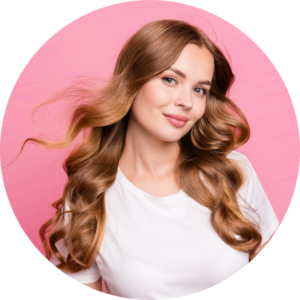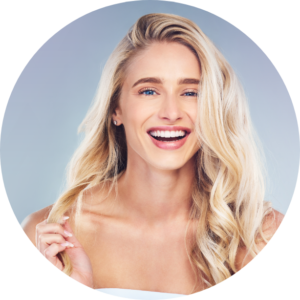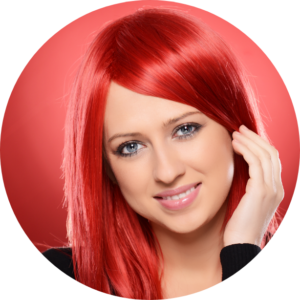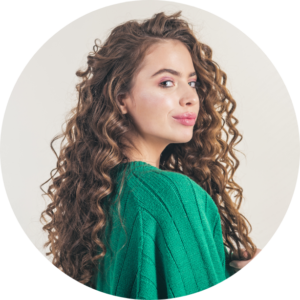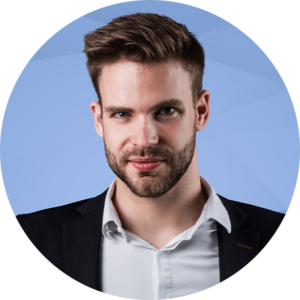Bleach Burns on the Scalp: What’s Normal, What’s Not, and How to Soothe Your Scalp
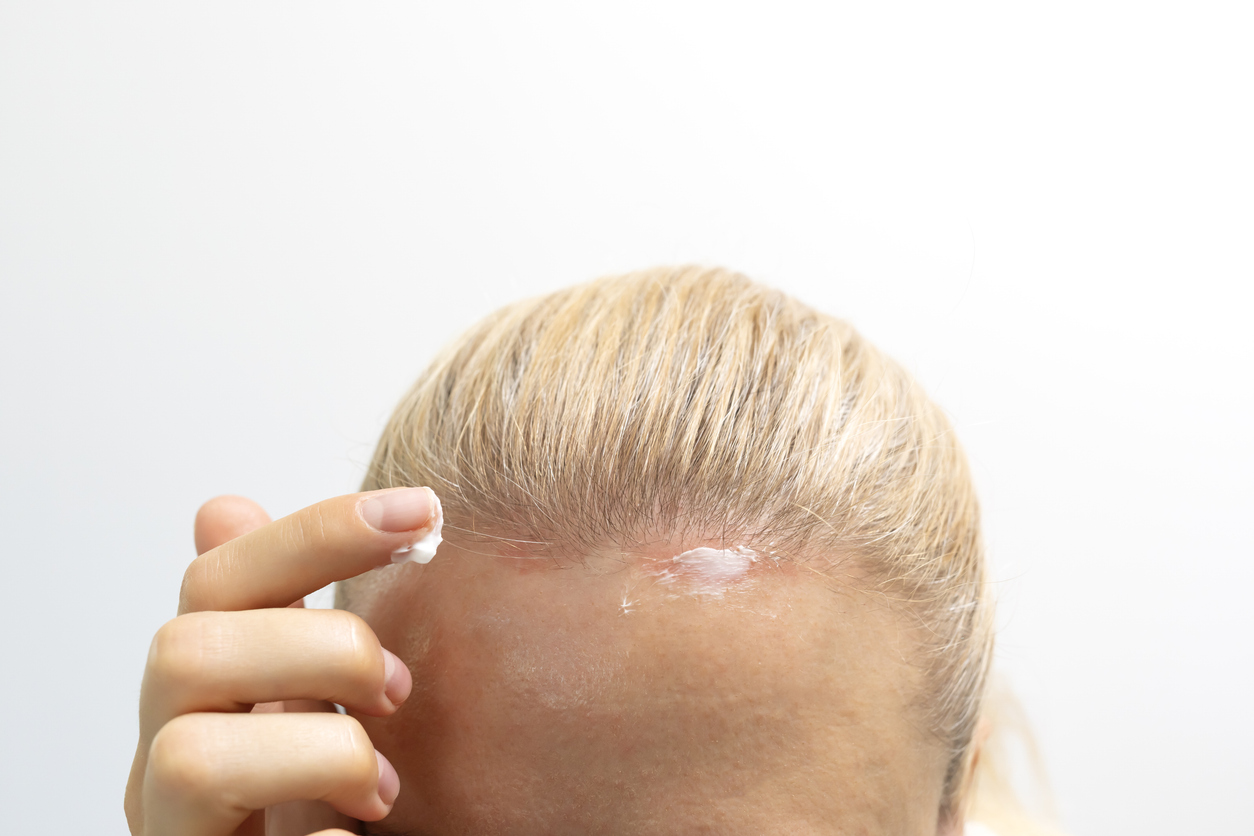
Lightening your hair to white or platinum blonde is an intensive process often achieved through scalp bleaching. So what is a scalp bleach, and how does it affect your hair and scalp?
What is a Scalp Bleach?
A scalp bleach is a hair-lightening process where bleach is placed on both the hair and the scalp. It is a common technique used to lift hair by 8-9 levels in one sitting to achieve an all-over platinum blonde look.
It is also popular for those who want to lighten their roots or create a base for light hair colours like pastels. Scalp bleaching, while effective, can have adverse effects, including scalp irritation and bleach burns.
Scalp Bleach vs. Foil
Scalp bleach varies from foil colouring in the application technique. Scalp bleach goes directly on the hair and scalp, while in foils, only the hair shaft is bleached.
Signs of Bleach Burns
It is normal to experience some itching, tingling, or slight stinging in the first few minutes of a scalp bleach. This happens because for several reasons:
- The acids in the bleach break the natural oils on the scalp and irritate the skin.
- The bleach remains on the scalp for too long (usually more than 30 minutes).
- You have a sensitive scalp that reacts to the bleach ingredients.
However, if you experience pain, swelling, or blistering in addition to these symptoms, you could be experiencing a chemical burn. Other concerning symptoms include severe burning, persistent itching, and skin peeling.
Most people who experience bleach burns on the scalp suffer first-degree burns. These affect the top layer of the skin, which recovers quickly. However, in cases of prolonged exposure or allergic reactions to bleach, the burns may extend beyond the first skin layer.
How to Prevent Bleach Burns on the Scalp
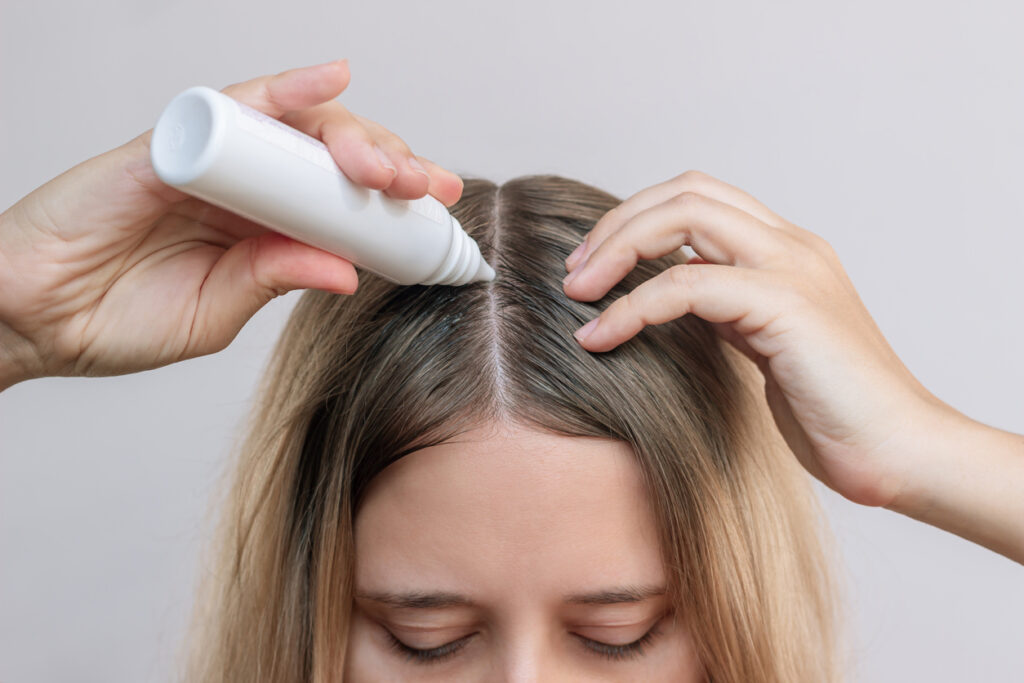
While you may experience slight discomfort during scalp bleaching, bleach burns are not normal. You can take steps before the procedure to ensure a burn-free bleaching experience.
1. Work with an Experienced Hair Colourist
Choosing an experienced colourist is the best decision before bleaching your hair. On-scalp bleaching differs from regular bleaching as the bleach goes directly on your scalp. Therefore, mistakes in the application process could result in severe scalp burns.
Therefore, getting the procedure at a professional hair salon is critical. At the salon, ask your stylist questions to determine:
- The type and quality of bleach they use (oil-based or bleach powder).
- Their expertise in scalp bleaching.
- Their pre-bleach routine, including hair and scalp assessment.
2. Minimise Washing and Heat Styling Before Bleaching
Bleaching is an intensive process for hair and scalp. It strips the hair and scalp of their natural oils, making them vulnerable to damage. Leaving the hair unwashed for at least 24 hours before the procedure provides a protective layer.
Heat styling also makes the scalp sensitive and increases the risk of hair damage. Therefore, you should avoid heat styling about a week before your scalp bleaching appointment.
3. Do a Sensitivity Test
A sensitivity test is a must before scalp bleaching. It lets you check for allergies and the health of your hair. You should test about 24-48 hours before the procedure to check for allergies.
During the sensitivity test, your colourist will swab some bleach behind your ear or inner elbow and check for irritation or blistering. If your skin is sensitive to bleach, consider an alternative formulation or choose a no-bleach hair colour.
4. Do a Hair Health Check
Your hair health influences the outcome of a scalp bleach procedure. Before bleaching, your colourist will check your hair for treatments and conditions that may affect the procedure. These include keratin smoothing treatments, prior hair colour, and your hair condition.
5. Use a Barrier Cream
Your natural scalp oils can create a barrier that protects your scalp.
How to Soothe Your Scalp After Scalp Bleaching
It’s normal to experience some mild irritation on a bleached scalp. Here’s how to stop the burning sensation on the scalp:
- Deep condition your hair immediately after bleaching to restore moisture to your hair and scalp. Restoring moisture will keep your scalp from drying out, thus relieving you from itchiness.
- Use hydrating and soothing products in your after-care routine. Choose products with mild and natural ingredients. Some beneficial ingredients to soothe your scalp include tree oil, menthol, and aloe vera.
- If you get a scalp burn, rinse the scalp immediately to remove the bleach. Apply a cool compress and take over-the-counter medication for pain relief. Finally, keep your scalp clean and monitor the bun for infection. Seek the guidance of a dermatologist if you have a severe chemical burn.
- Use a mild hydrating shampoo to clean your hair after bleaching hair. Avoid shampoos with harsh ingredients, including sulfates and drying alcohols. Apply a leave-in conditioner to keep your hair and scalp moisturized.
- Wait about four to six before another bleaching session.
- Avoid combining your bleaching session with other hair treatment procedures to give your hair time to recover between procedures.
- Limit the use of heat styling tools after bleaching to allow your scalp time to recover. Heat styling can also agitate an irritated scalp causing further discomfort.
Conclusion
Scalp bleaching is the best treatment for an all-over hair transformation, but it can burn your scalp from improper application. To protect your scalp from burns, consult a professional stylist for your colouring service.

